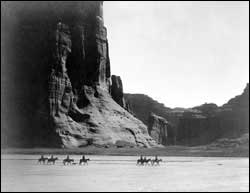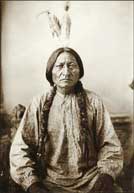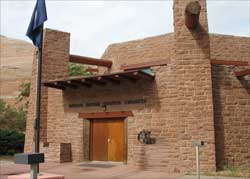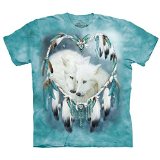People of the Legends
Indigenous People of North America - Tribes and Nations
Organising and governing
Before Europeans came to North America, the indigenous people governed themselves as separate nations with their own leaders, culture, laws and ways of life. They were in charge of how they lived, on their own lands.


 They traded with each other and sorted out any problems that arose between nations, sometimes going to war if they thought it was necessary.
They traded with each other and sorted out any problems that arose between nations, sometimes going to war if they thought it was necessary.
The Europeans changed all that. They did not respect the tribes as nations and over time they took their land.
They traded with the indigenous people and introduced them to things that changed their way of life, like money and horses. The indigenous people tried to fight back and preserve (protect) what they had. Many thousands died, but they kept their cultures alive.


 Eventually the American government recognised the right of the tribes to live their way. They allocated land to them, called Reservations.
Eventually the American government recognised the right of the tribes to live their way. They allocated land to them, called Reservations.
Often this was only part of the original land where the people lived before. In some cases it was in a different part of the country and people were forced to move. Even though the land was granted, the government controlled how people lived on the Reservations.
Self-government
In 1994 President Bill Clinton passed a new law – the Tribal Self-Governance Act. Under this law the indigenous people could be recognised as nations again. They were able to take charge of their schools, hospitals, police and other services – and decide how their land and resources would be developed through different types of businesses and projects.
They were also able to administer (look after) money given to them by the government to run their schools, hospitals and other services – in the same way that other States and communities receive money from the government and administer it for their local people.


Today there are over 330 Tribes and Nations that are Self-governing.




